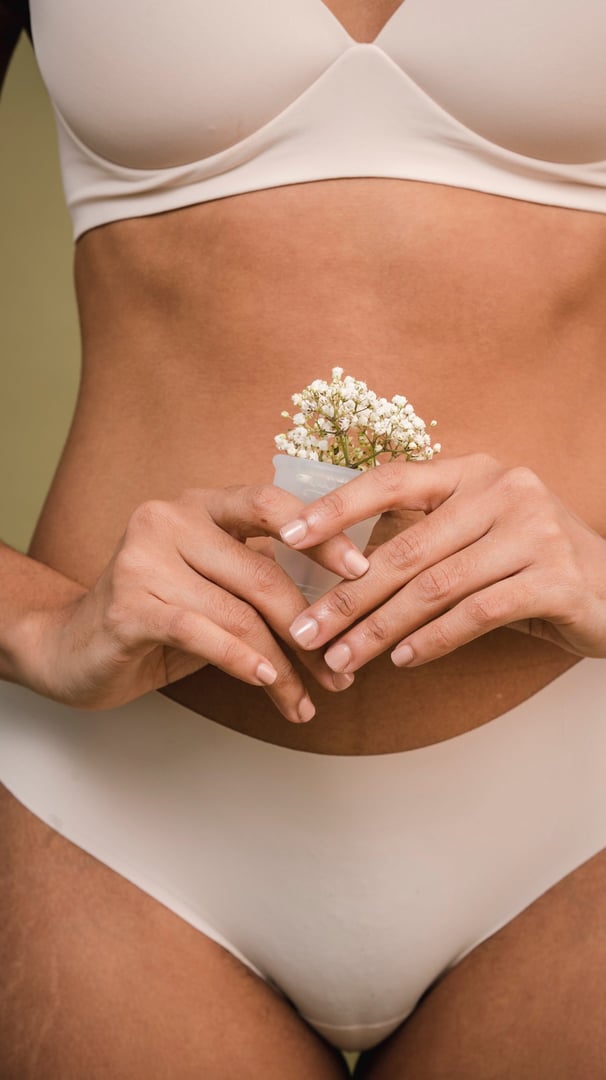Genital Aesthetics Surgery
What is genital aesthetics? In what cases is it done?
Genital aesthetics is the general name of surgical or non-surgical procedures for the genital area. These procedures are performed with the aim of correcting or improving the appearance, function or ailments in the genital area of women or men. Genital aesthetics can be preferred for various reasons such as aesthetic concerns, congenital anatomical differences, aging effects, post-pregnancy changes or traumas.
Women's genital aesthetic procedures include labiaplasty (reduction or correction of the outer lip), vaginoplasty (vaginal tightening), clitoral valve correction. In such procedures, the shape is corrected by removing excess tissue or sutures.
Genital aesthetic procedures in men may include procedures such as penile aesthetics and scrotum aesthetics. Such procedures may attempt to improve the appearance of the penis size or the shape of the scrotum.
Genital aesthetic procedures are generally preferred to correct aesthetic concerns or personal discomforts. However, before considering such procedures, it is important to consult with a specialist plastic surgeon or gynecologist and to have detailed information about the risks, benefits and expectations of the surgery. All kinds of surgical interventions have risks and the decision should be made by considering the individual health conditions and needs of the individuals.


What is labiaplasty? What are labiaplasty techniques?
Labioplasty is a plastic surgery procedure performed to correct or reshape the shape or size of the lips (labium majus and labium minus) in the genital area of women. Labiaplasty may be preferred due to aesthetics or discomfort.
Labiaplasty is usually performed in two main ways:
Labiaplasty (Labiaplasty) - Reduction or Correction: It is a procedure applied in case of excess tissue or sagging in the lips. As much tissue is removed as necessary from the labium minus (inner lip) or labium majus (outer lip) tissues and a smoother appearance is obtained. This procedure can be preferred to relieve the person's aesthetic concerns or discomfort due to excess tissue.
Labiaplasty (Labiaplasty) - Augmentation or Plumping: It is a procedure applied in case of insufficient tissue in the lips. A fuller appearance is obtained by tissue transfer or injecting fillers into the labium minus or labium majus tissues. This method may be preferred for people who experience loss of volume in the lips due to aging or congenital anatomical differences.
Labiaplasty can be performed by surgical or nonsurgical methods. While the procedure is usually performed under local anesthesia in surgical labiaplasty, techniques such as fillers or lasers are generally used in nonsurgical methods. Both methods have advantages and disadvantages, and the most appropriate method is preferred according to the patient's specific situation.
If you are considering labiaplasty surgery, it is important to talk to a plastic surgeon or gynecologist and get detailed information about the procedure. It is important to have a full understanding of the risks and benefits of such procedures and to make decisions taking into account your personal health situation.


What are the risks of labiaplasty?
Labiaplasty (lip reduction or correction) surgery, like every surgical procedure, has potential risks and complications. These risks may vary depending on factors such as the patient's general health, the complexity of the surgery, and surgical experience and technique. Here are some of the possible risks of labiaplasty surgery:
Infection: The risk of infection at the surgical site exists with every surgical procedure. It may need to be controlled with antibiotic treatment.
Bleeding: Bleeding may occur during or after surgery. Therefore, it is important to avoid heavy physical activities in the postoperative period.
Wound Healing Problems: Opening of the stitches, irregular healing or wound healing problems may occur.
Scar Tissue Formation: There is a possibility of scars forming after surgery. Scar tissue may be more visible in some patients.
Sensory Changes: Temporary or permanent sensory changes may occur in the lips after surgery.
Asymmetry: The symmetry of the lips may be affected in the post-operative situation.
Pain and Discomfort: Pain, discomfort and tenderness may be experienced after surgery.
Tissue Loss: A rare complication, tissue loss may include loss of lip tissue after surgery.
Aesthetic Result Expectation: Although labiaplasty generally gives positive results, the patient's aesthetic expectations may not be fully met.
If you are considering labiaplasty surgery, it is important to discuss these risks and possible complications in detail with your plastic surgeon. Your specialist can evaluate the risks in advance and perform the surgery in the safest way, depending on your specific health condition and the area where the surgery will be performed.


